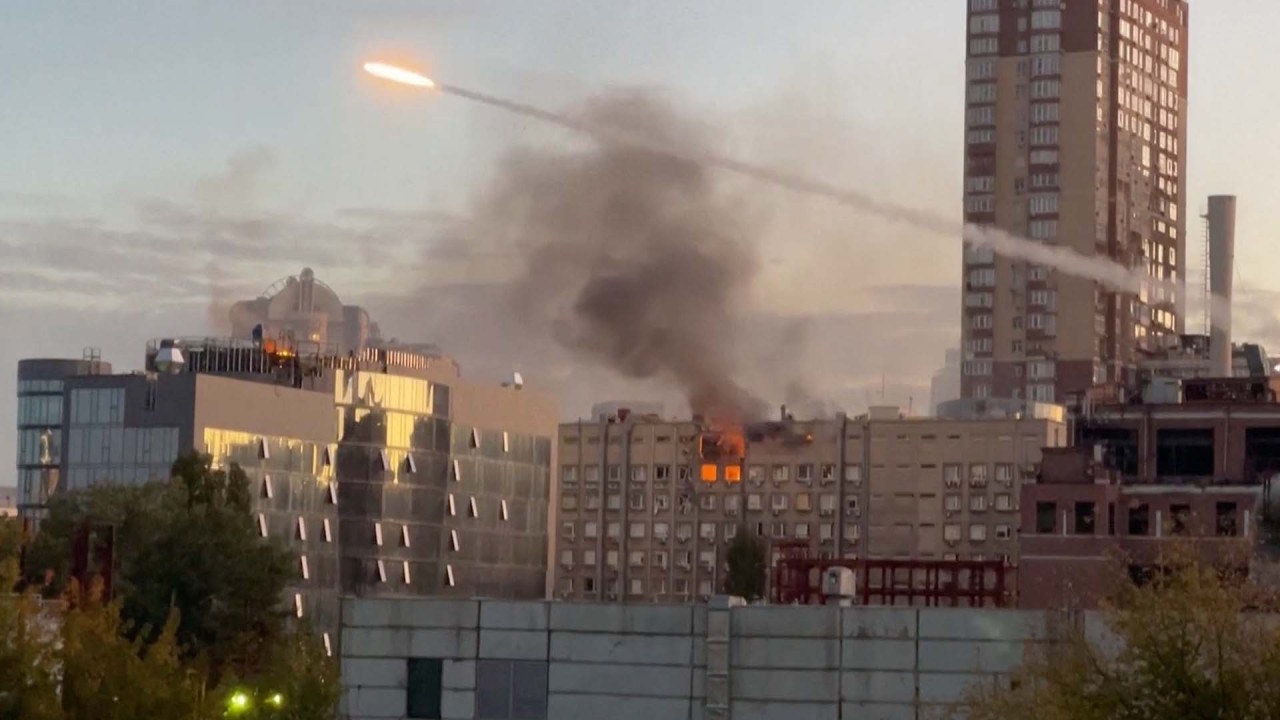
Evolving world must reject war, look to fearless architects to keep building a better life
- While builders try to organise and advance society in an orderly manner, war disrupts and sets back the effort, often in the name of building a better world
- We should keep building for mutual growth and benefit whether in good times or bad as this is how we move forward
As Ron Hunter – a character in the 1995 film Crimson Tide – said, “the true enemy is war itself”. Meanwhile, George Orwell wrote in 1984, “the essential act of war is destruction, not necessarily of human lives, but of the products of human labour”.
The relationship between war and architecture is akin to the polarity of entropy and order. While builders are attempting to organise and advance society in an orderly manner, war disrupts and sets back the effort, often in the name of sovereign identities and building a better world.
An exception is the Austrian architect Wolf Prix, who has continued his projects in St. Petersburg and argued that he designed for the people and “architecture is art and art knows no sanctions or borders”. For him, architecture should open doors rather than close them, even in the most trying times.
National public sentiment on the conflicts between nations, kingdoms or social groups have changed over time. Historically, when a tribe or social group went to war, everyone united behind their leaders to defend against the enemy.
In the contemporary world, civilians have evolved. More than 6,700 Russian architects, designers, and urban planners signed an open letter to condemn the invasion of Ukraine. Russian President Vladimir Putin might have brought forth a war in the name of his country’s sovereign identity but, in the digital age, civilians are empowered with free and easily accessible information to evaluate and make up their own minds about geopolitical events and their government’s actions.
In the interconnected and interdependent modern world, it should be, as clinical psychologist Jordan B. Peterson points out, incomprehensible “how belief systems could be so important to people that they were willing to risk the destruction of the world to protect them”. In this world of individualism and self-sovereign identity, we are global citizens as much as we are a nation’s people. What would be our resolve?
One might think he did not come up with a solution to the matter but, in fact, preserving the status quo is a self-evident resolution. Deng’s wisdom was in allowing conflicting beliefs to hang in the balance, giving a chance for all sides to cool off and allowing time to work its magic to heal.
Deng followed up by saying the countries involved should “set aside dispute and pursue joint development”. With the progressive assimilation of different beliefs through collaboration and communication, Deng knew future generations who had not experienced the destruction of previous generations’ wars and harboured mutual hatred could possibly settle these disputes amicably.

From the emergence of homo sapiens some 300,000 years ago to the gathering of tribes and social groups, from defining sovereign boundaries after the Treaty of Westphalia to fighting wars for centuries, and from globalising the world in the post-Cold-War era to allowing free flows of information and the sharing of ideas in the modern era, humanity is on track to come full circle and recognise ourselves as one people.
We are incrementally dissolving abstract boundaries and beliefs that were historically created to separate us.
The fearless architects are right. We should keep building for mutual growth and benefit whether in times of war or when relationships are hanging by a thread. This is how we keep moving forward.
Dennis Lee is a Hong Kong-born, America-licensed architect with years of design experience in the US and China



